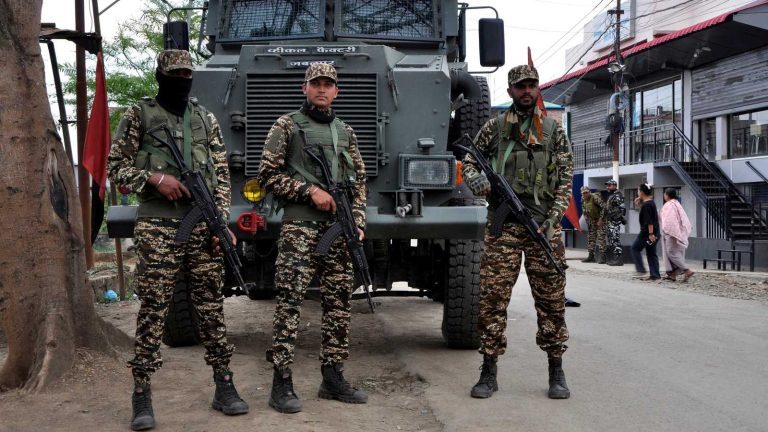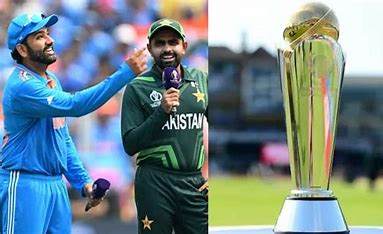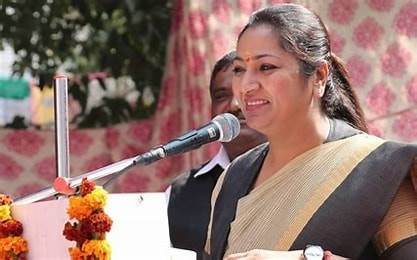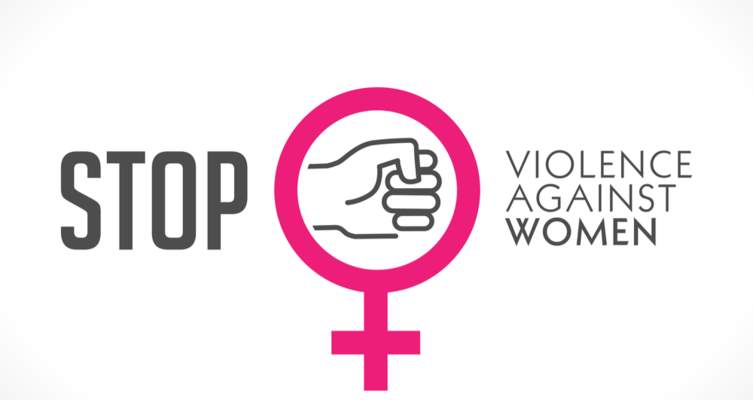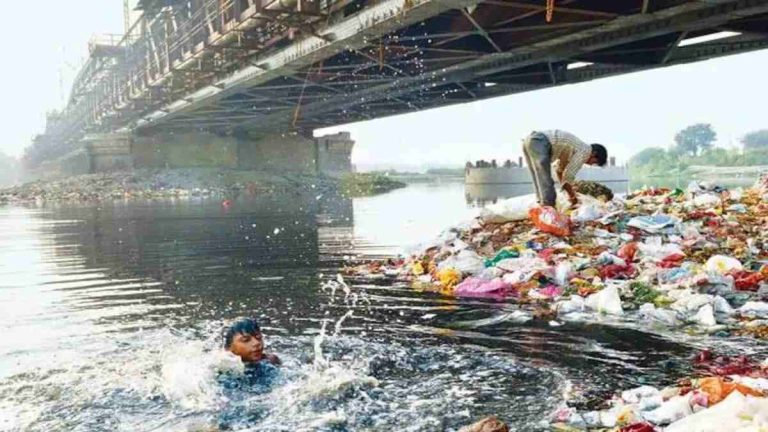The India’s Got Latent Controversy: A Reflection of YouTube Guidelines and Limitations
The recent controversy surrounding India’s Got Latent, a show hosted by comedian Samay Raina, has sparked intense debate not just about the content itself but also about the broader implications for comedians, influencers, and YouTube guidelines.
The incident highlights how easily content can cross boundaries of social acceptability and legal frameworks, raising questions about freedom of speech versus censorship on digital platforms.
Background: The Controversy
At the heart of the controversy is a comment made by YouTuber Ranveer Allahbadia during an episode of India’s Got Latent.
The remark was deemed offensive by many viewers and sparked widespread outrage across India. This led to multiple FIRs being filed against Allahbadia, Samay Raina, and other participants in various states.
In response to mounting pressure, Samay Raina removed all episodes of India’s Got Latent from his YouTube channel.
Implications for Comedians and Influencers
The backlash against India’s Got Latent underscores the delicate balance comedians must maintain between humor and offense.
While comedy often pushes boundaries to provoke laughter or thought-provoking discussions, it must do so without crossing into obscenity or offending large groups.
This incident shows that even unscripted moments can have severe repercussions when they are perceived as crossing these lines.
Influencers like Ranveer Allahbadia face similar challenges as their influence extends beyond entertainment into shaping public opinion.
Their comments can be scrutinized more intensely than those from traditional celebrities due to their direct engagement with audiences through social media platforms.
YouTube Guidelines: A Double-Edged Sword
YouTube has strict community guidelines aimed at maintaining a safe environment for users while allowing creators freedom to express themselves creatively.
However, these guidelines often walk a fine line between censorship and protection from harmful content.
In cases like India’s Got Latent, where controversial comments were made live during an unscripted show, it becomes challenging for creators to anticipate what might violate these guidelines until after the fact.
Once such content goes viral or sparks outrage, it may already be too late; damage control measures like removing videos become necessary but may not fully mitigate backlash.
Moreover, while removing offending content helps maintain platform integrity according to its policies (e.g., prohibiting hate speech or explicit material), it also raises questions about artistic freedom versus corporate responsibility in policing user-generated content.
Broader Impact on Digital Content Creation
This controversy highlights broader issues affecting digital creators:
Freedom vs Regulation: It emphasizes ongoing debates over how much regulation is needed in online spaces without stifling creative expression.
Cultural Sensitivity: Creators must increasingly consider cultural sensitivities across diverse audiences when producing global-facing content.
Legal Frameworks: Legal actions taken against creators demonstrate how national laws intersect with online activities that transcend borders but are subject to local jurisdictions56.
Audience Engagement: Social media amplifies both positive feedback loops (where popular figures gain support) and negative ones (where controversies spread rapidly).
This dual nature means that success can quickly turn into scandal if not managed carefully.
Evolving Norms: As societal norms evolve regarding what is considered acceptable humor or commentary online versus offline contexts change rapidly due largely because internet discourse moves faster than traditional forms like television or print media.
the controversy around India’s Got Latent began with specific remarks on one show episode involving Ranveer Allahbadia’s comment during Samay Raina’s program; its ripple effects touch upon deeper issues concerning free speech limits within digital ecosystems governed by ever-evolving community standards set forth primarily through major platforms such as YouTube alongside legal considerations tied directly back onto real-world consequences felt far beyond just cyberspace alone today now more so ever before given rapid advancements seen throughout modern technology overall worldwide lately especially within past few years alone indeed!


